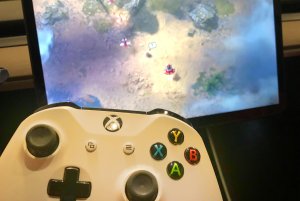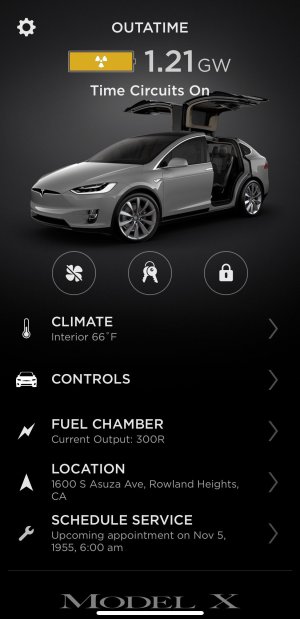Tesla to Launch Robotaxi Network in June: What to Expect and When You Can Add Your Car

Tesla has been working on FSD Unsupervised for quite a while—the hands-off, eyes-off version of FSD. That’ll be the same version of FSD that can get you from Point A to Point B without any user intervention and no requirement for keeping your eyes on the road or your hands on the wheel.
June 2025 is Tesla’s date for the next step in vehicle autonomy and the public introduction of Unsupervised FSD - which was announced at Tesla’s Q4 2024 Earnings Call - so let’s take a closer look at what’s coming.
Launch Date for Robotaxi Fleet
Tesla’s launch of Unsupervised FSD will be in Austin, Texas, but it’ll be limited to its Robotaxi fleet. Vehicle owners won’t be able to access Unsupervised FSD themselves or join the autonomous fleet initially. Tesla announced that its launch in Austin would be for a paid Robotaxi service, much like Waymo’s. Tesla will use it to refine the Robotaxi experience and Unsupervised FSD.
They’ll be working on the whole experience - start to finish - from summoning the robotaxi from the app, to how it arrives, how your trip progresses, where it drops you off, and how you pay. That’s an extensive set of systems - some of which may already be in place, as we’ve seen through Tesla’s Robotaxi app mock-ups.
Tesla is taking strict control of the initial deployments of FSD Unsupervised - and for good reason. A single minor incident or accident could spiral into a rapid regulatory issue. Tesla is gently dipping its toes into full autonomy, and once they’re sure that Unsupervised FSD is far safer than an average human driver they can expand it to Tesla owners.
Tesla will also be rolling out Unsupervised FSD in California - and other regions of the US as they gain regulatory approval. Tesla’s FSD is a generalized solution - it doesn't need high-precision or HD mapping and local preparation before being rolled out - instead, Tesla’s biggest hold-backs are safety and improving their software.
As Tesla approaches the launch of the Robotaxi network, it makes us realize how many steps there really are to the puzzle. Tesla will need to have procedures in place on how to deal with issues such as a vehicle getting stuck, someone hitting an emergency button, or even an accident. Tesla will also need to launch its vehicle hubs that will be responsive for cleaning and charging the vehicles.
People go to manual driving to check their phone so that they don’t strike out/get beeped at - and then go back to FSD.
While June 2025 may seem rather aggressive to launch the autonomous service, it’s typical for Tesla to be overly optimistic and aggressive with deadlines, but it gives us a better indication of when they plan to launch Unsupervised FSD. Even if they miss the June launch, we’ll hopefully see the network begin this year, which will be a massive boost for Tesla and its shareholders.
When Can I Join the Robotaxi Fleet?
Tesla will be allowing owners to enroll their own vehicles in cities that are allowing Robotaxi - so if you live in Austin or other cities that have an approved Tesla Robotaxi network, you could get paid to add your vehicle to the Robotaxi fleet.
During the earnings call, Tesla announced that owners could add their vehicles to the Robotaxi fleet in 2026, although they weren’t more specific than that. This will be at least six months after the Robotaxi network launches.
Elon mentioned during the earnings call that Tesla needs to be supremely confident that the probability of injury or accident is extremely low before they allow FSD Unsupervised on customer vehicles. That’s rather interesting - because he didn’t mention liability - a question that often comes up for autonomous vehicles.
One of the points mentioned by both Ashok Elluswamy, Tesla’s VP of AI, as well as Elon was that if there is even a single minor incident - it’ll be headline news globally, even though an average of 40,000 drivers die a year in regular traffic accidents - the majority of which don’t even make local news.
We’ll have to wait and see in 2026 for what really happens for liability and insurance - because true autonomy will hinge on who is liable for what happens in an accident - the vehicle/software manufacturer or the owner of the vehicle.
FSD Unsupervised for Owners
FSD(U) - as we’re calling it - won’t be available for users initially while Tesla tests it with its fleets. Once Tesla gets enough testing done to ensure safety is at the level that it needs - they’ll begin rolling out FSD(U) to owners. Since Tesla expects to let owners add their vehicles to the Robotaxi fleet in 2026, we expect FSD(U) for vehicle owners to arrive sometime after this date.
Tesla will have more control of a vehicle while it’s being managed by its fleet, so it makes sense for FSD(U) for Tesla owners to arrive later in 2026 or even 2027.
Tesla is aiming for a safety level that is significantly higher than the average human driver - one magnitude higher. Right now, according to the Q4 Vehicle Safety Report, the average driver has an incident on average every 700,000 miles, while a Tesla has one on average every 1.08 million miles. On FSD or Autopilot, that number goes up significantly - to 5.94 million miles. Tesla is aiming to bring that number closer to 7 million miles before they significantly expand FSD(U) - the one-order of magnitude mark.
And it sounds like Elon will be happy to enable it - because he said the following at the earnings call: “People go to manual driving to check their phone so that they don’t strike out/get beeped at - and then go back to FSD.”
And it’s pretty true - it would be much safer if people didn’t do that. Now, getting FSD(U) on our vehicles is just a matter of time. So let’s watch Tesla cut red tape in 2025!
Launch Phases
Tesla will need to beat regulatory hurdles that will eventually challenge their rapid deployment. Tesla hopes to be able to deploy FSD Unsupervised with its Robotaxi fleets throughout the United States by the end of 2025, with it coming to Canada in 2026.
Tesla will be starting with Austin, Texas, where they’ve already obtained regulatory approval, and then move to other cities within the United States in the following months.
Currently, Tesla’s primary use of Unsupervised FSD is happening at Fremont, with vehicles driving themselves from the production line to the delivery lot and in downtown LA, where they’ve been testing with safety drivers to get employees around town. And at the factory - it's happening daily, and reliability - with thousands of vehicles moving from the line to the lot every day.
We imagine Tesla will launch FSD(U) in several phases, potentially looking something like this:
Test FSD(U) internally (being done now)
Launch the Robotaxi network in small areas for refinement
Expand and improve the network
Allow non-Tesla-owned vehicles (owners allowed to join)
Offer Unsupervised FSD to Tesla owners where Tesla will have less control over the vehicle
As many of you are, we’re really excited to see Tesla’s Robotaxis in the wild for the first time. Like everything else Tesla, expects the release of FSD(U) to be small and gradually grow. It may consist of only employees in Austin at first, or it may include a safety driver, or even be limited to a very small region. While some may be disappointed at first, remember how Tesla rolls out features. Iterations and improvements will come consistently and fast.











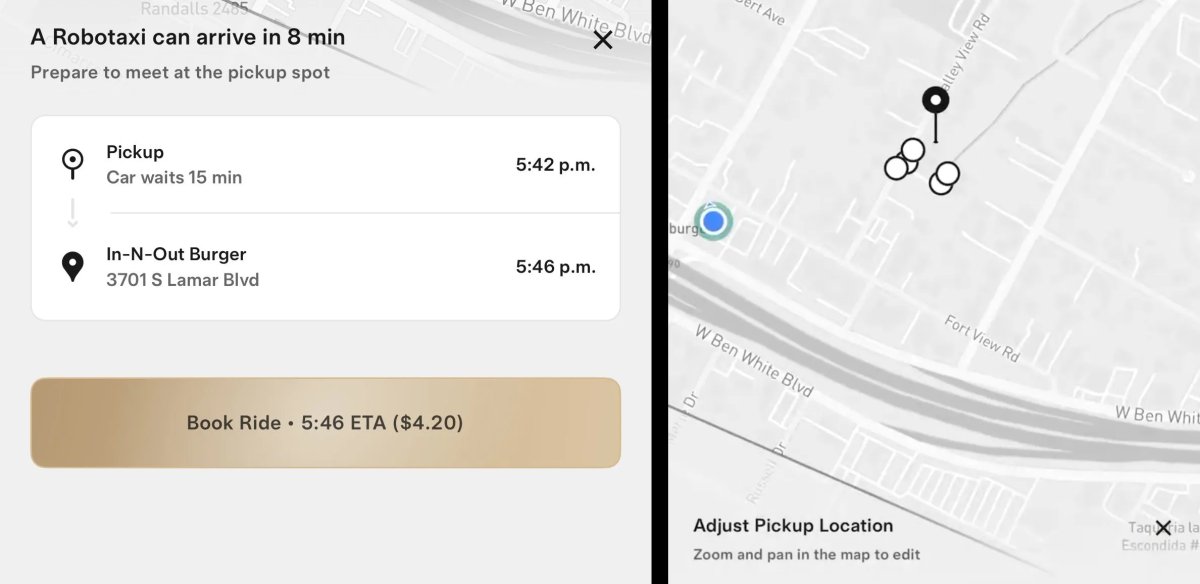
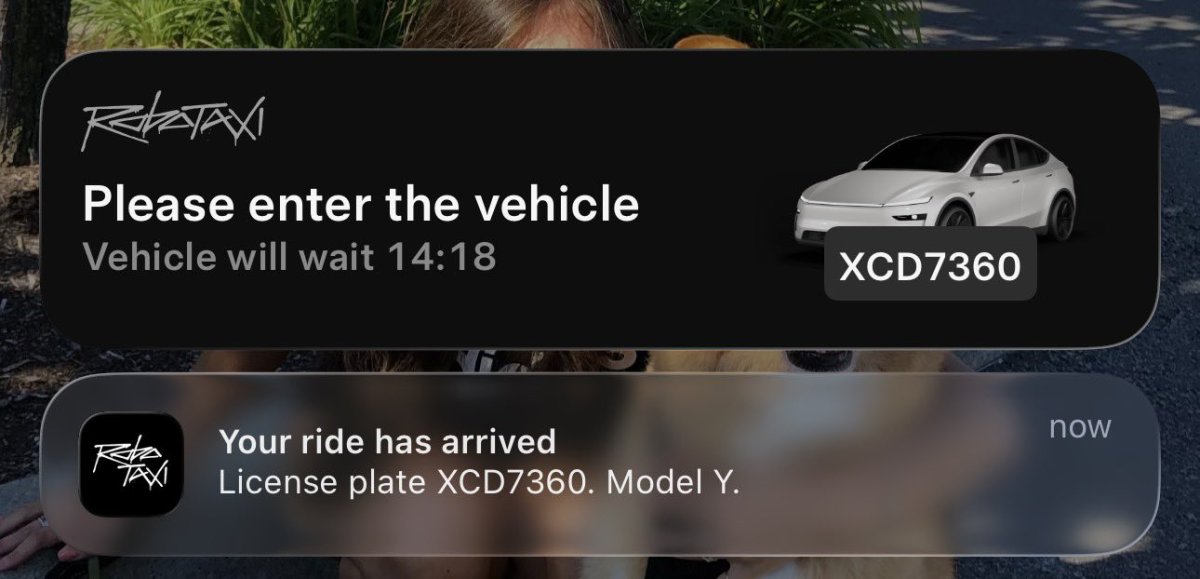
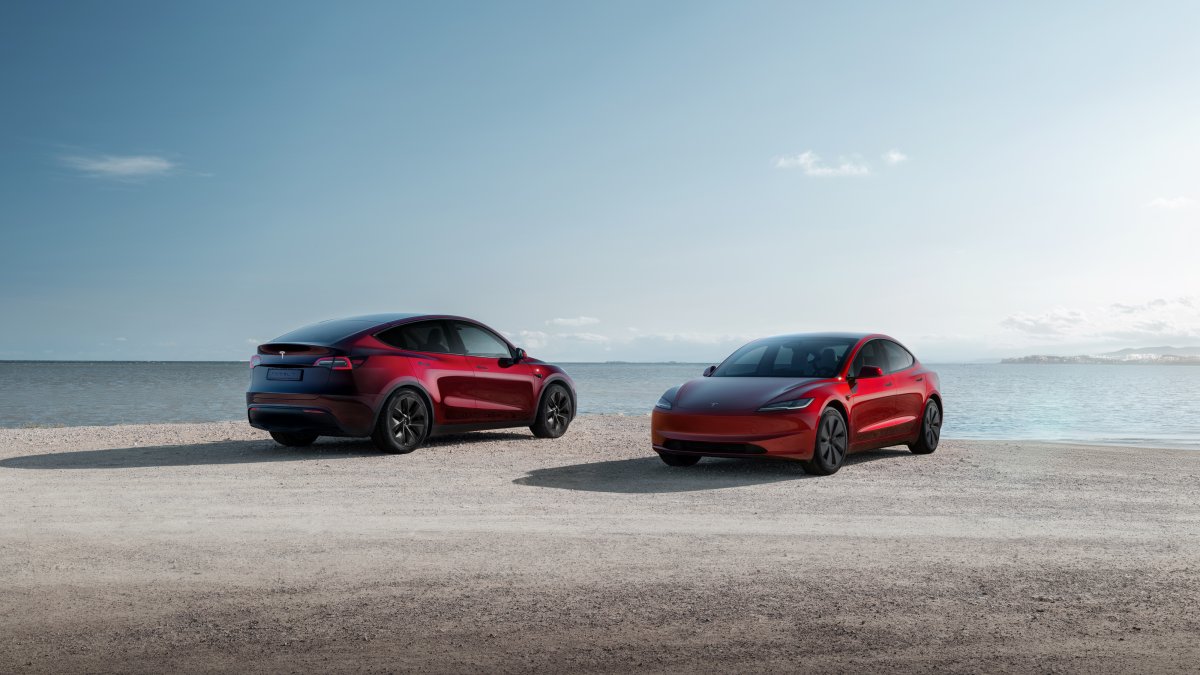
![Tesla Updates Robotaxi App: Adds Adjustable Pick Up Locations, Shows Wait Time and More [VIDEO]](https://www.notateslaapp.com/img/containers/article_images/tesla-app/robotaxi-app/25-7-0/robotaxi-app-25.7.0.webp/4ac9ed40be870cfcf6e851fce21c43b9/robotaxi-app-25.7.0.jpg)

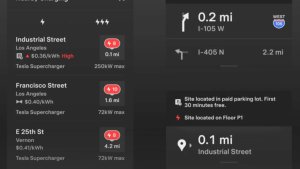
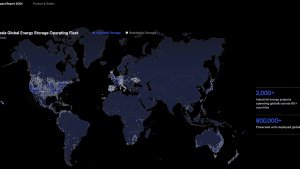
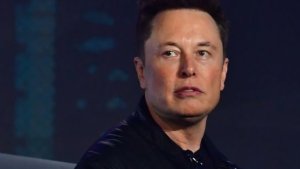
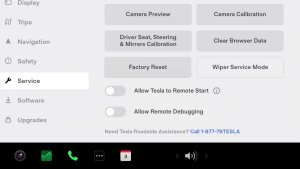
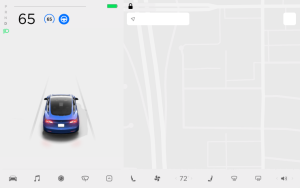
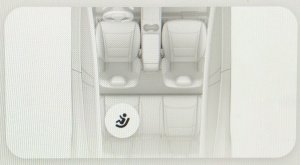
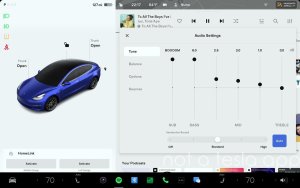
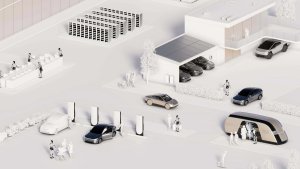
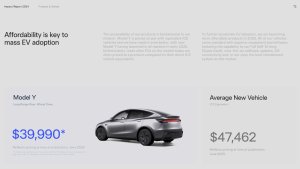
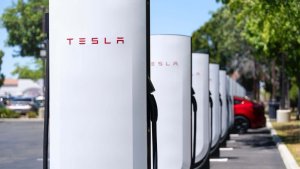
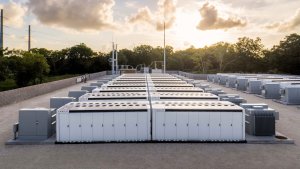

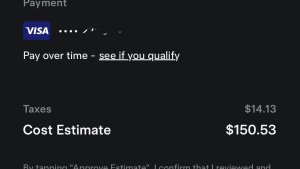
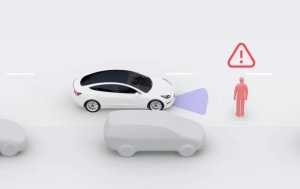
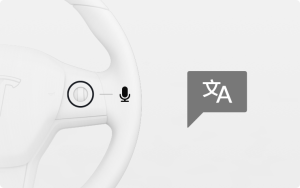
![Andrej Karpathy considers returning to Tesla to work on Optimus [video]](https://www.notateslaapp.com/images/news/2022/karpathy-podcast_300w.jpg)
